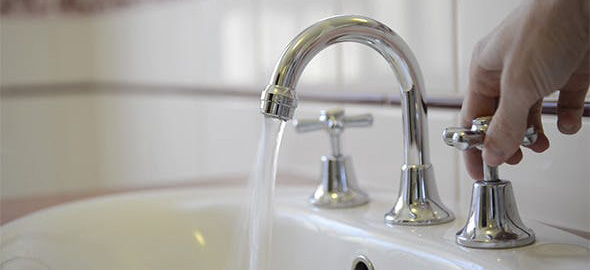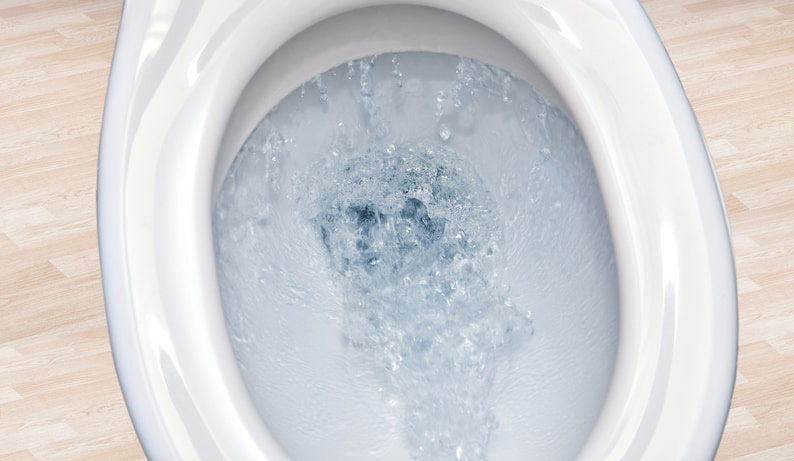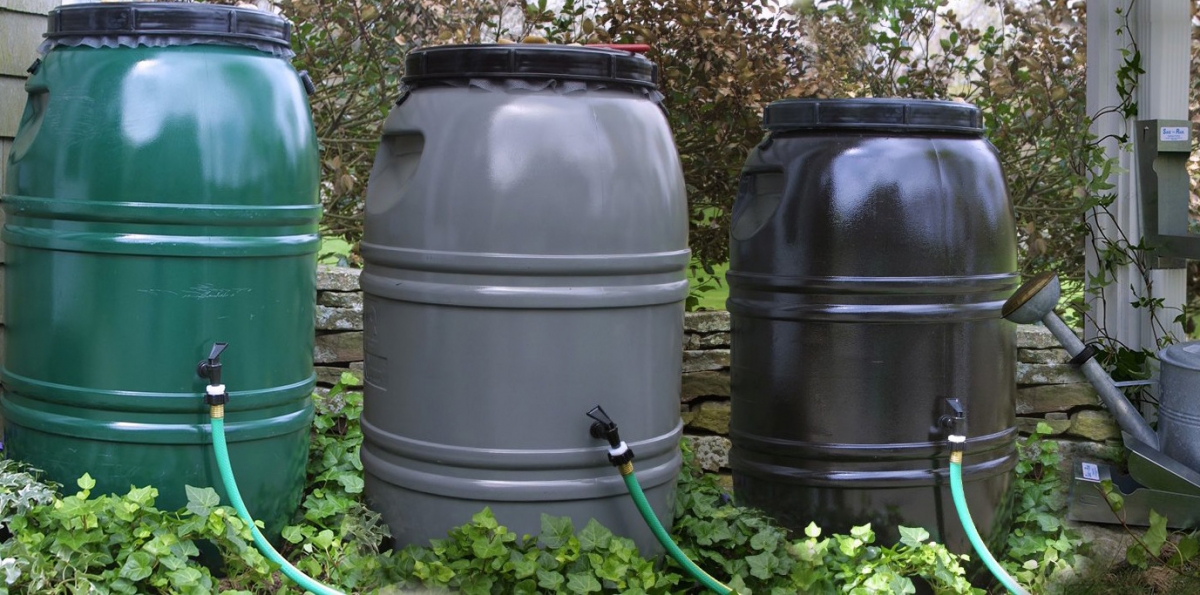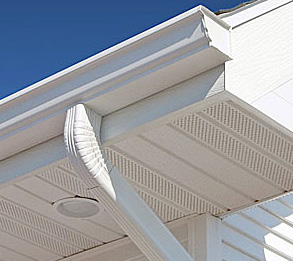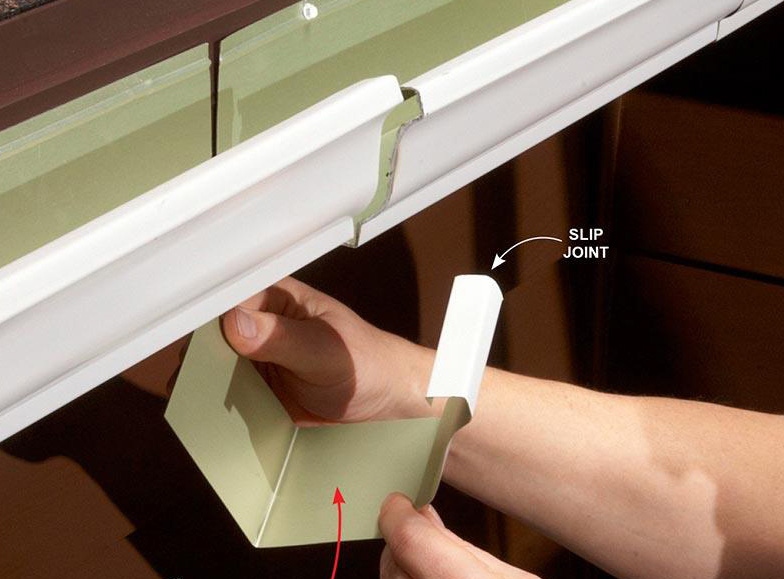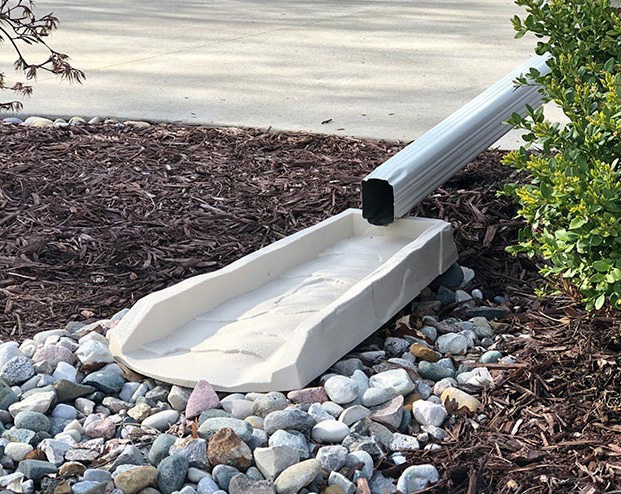If your sump pump is running continuously, check these Four Key Problem Areas.
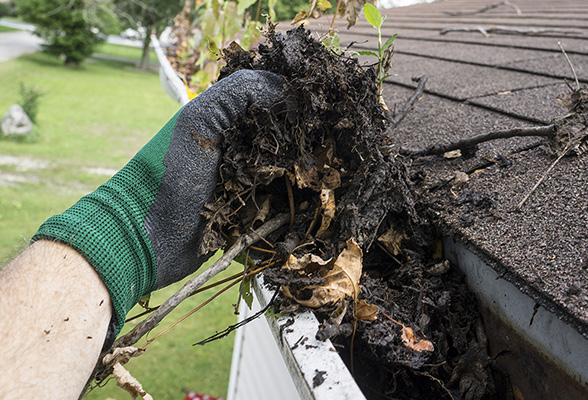
Eavestroughs & Downspouts
Eavestroughs that leak or haven’t been cleaned, as well as downspout outlets too close to the house will cause water to pool around the foundation. Check your eavestroughs and downspouts when it’s raining.
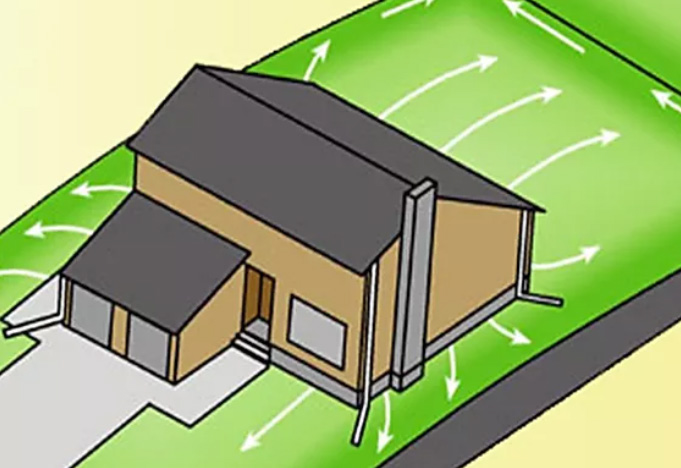
Lot Grading
The slope from the basement should be a 10% grade within 1.5 metres from the foundation and the remaining property should drain at a minimum 2% grade to the front or back of the lot.
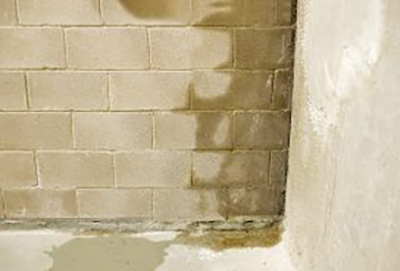
Basement Walls and Floor
Cracks and repairs and openings in basement walls, floors or window wells may allow water to enter.
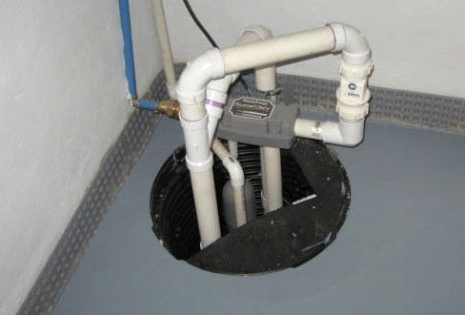
Flood-Proofing Devices
A sump pump and sewer backwater valve should be installed to keep rainwater and sewage from backing up into basements.
Check the Foundation All Around Your Home
Excess water pooling or ponding near the foundation of a house can result in water seeping down basement walls to the weeping tile below.
Over saturation of this area can cause water to enter into the basement, and the sump pump will run more often than necessary.
In extreme storms, infiltration into the sanitary system may cause sewage backup.
Ensure all water sources are diverted away from your home.
Use the following list to check for water infiltration:
- Rain Barrels
- Eavestroughs
- Downspouts
- Lot Grading
- Weeping Tile

